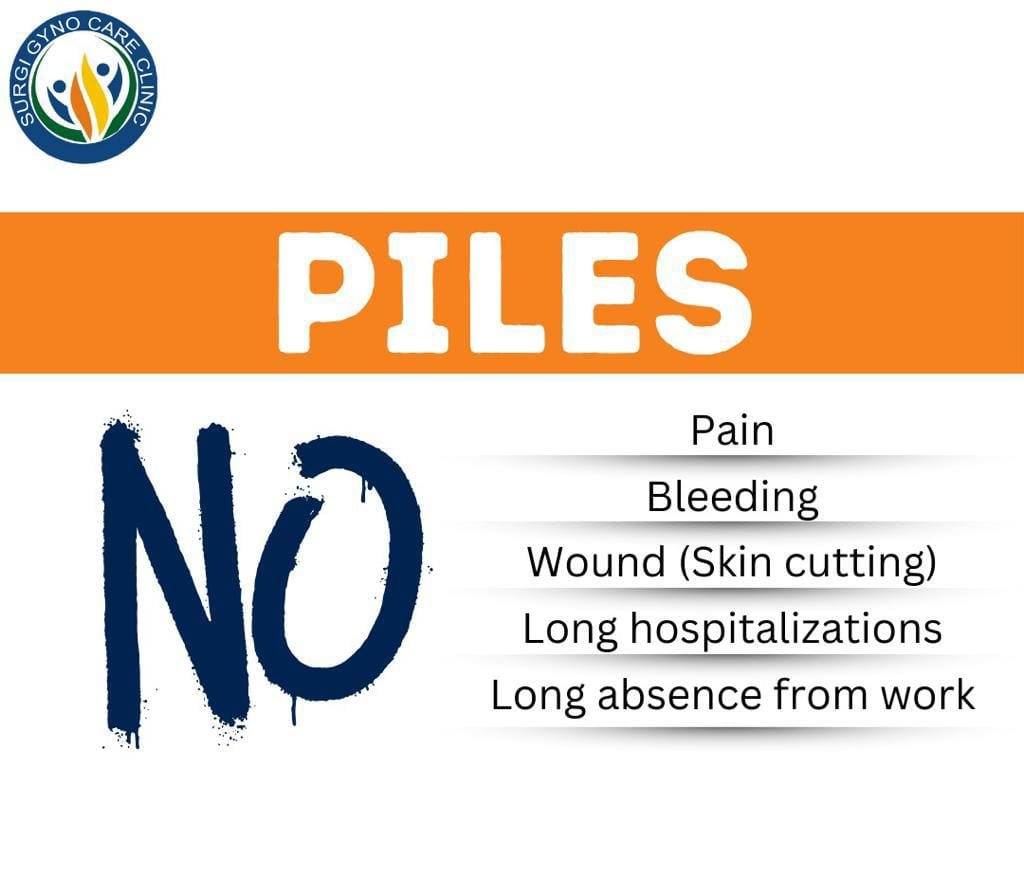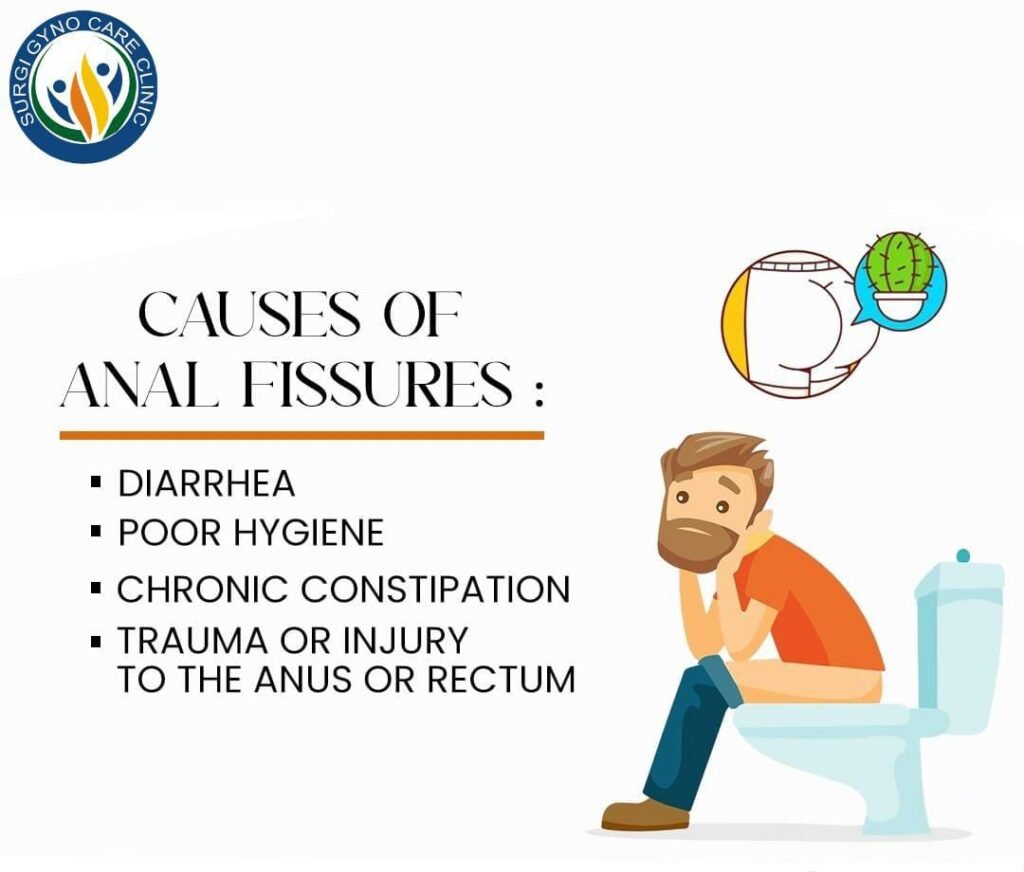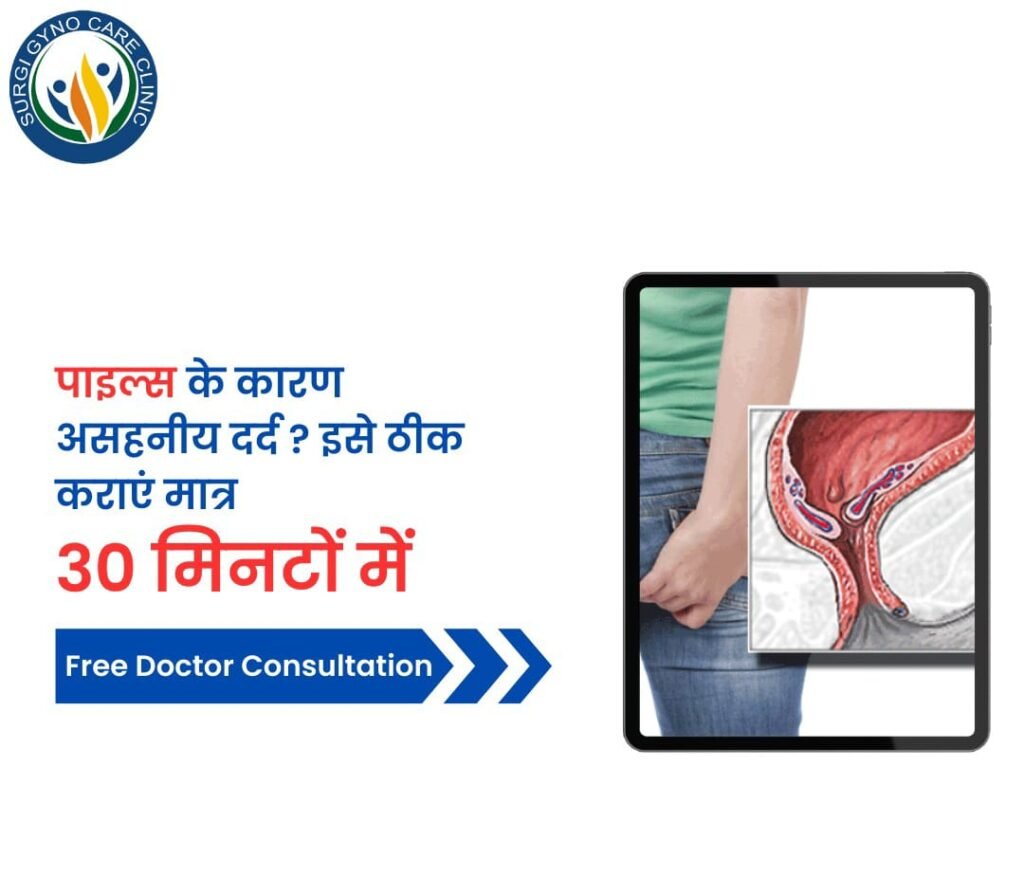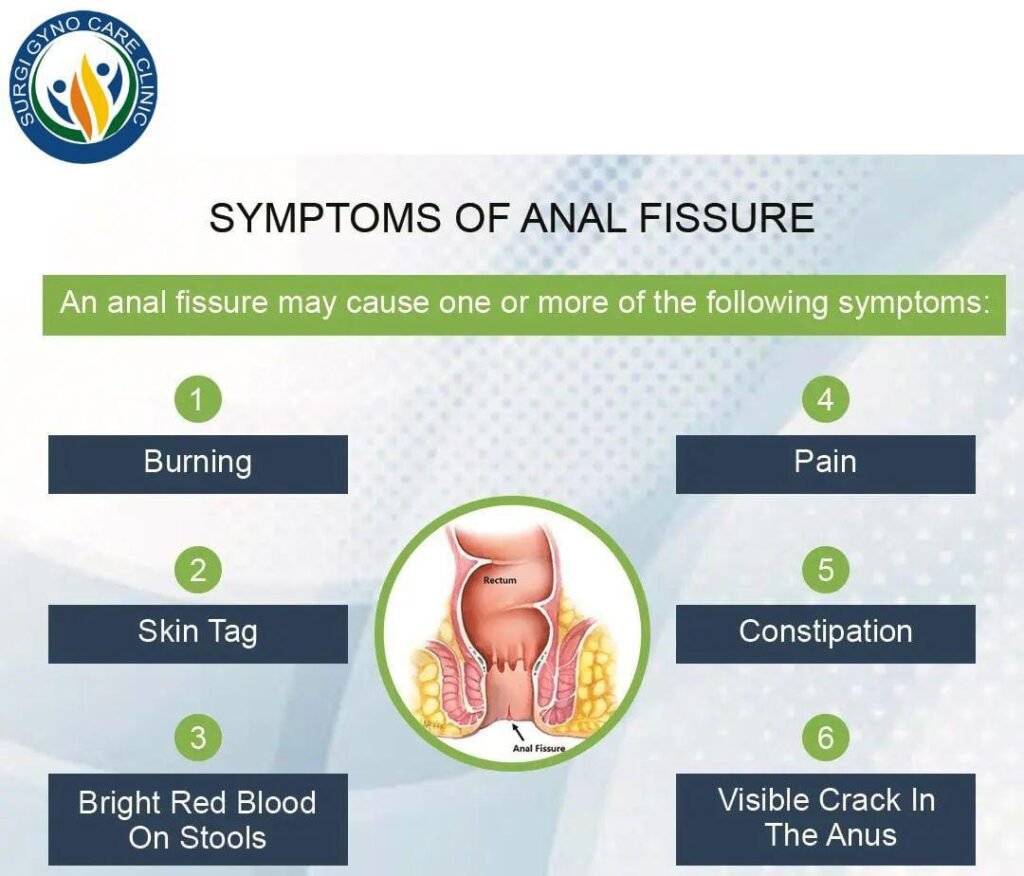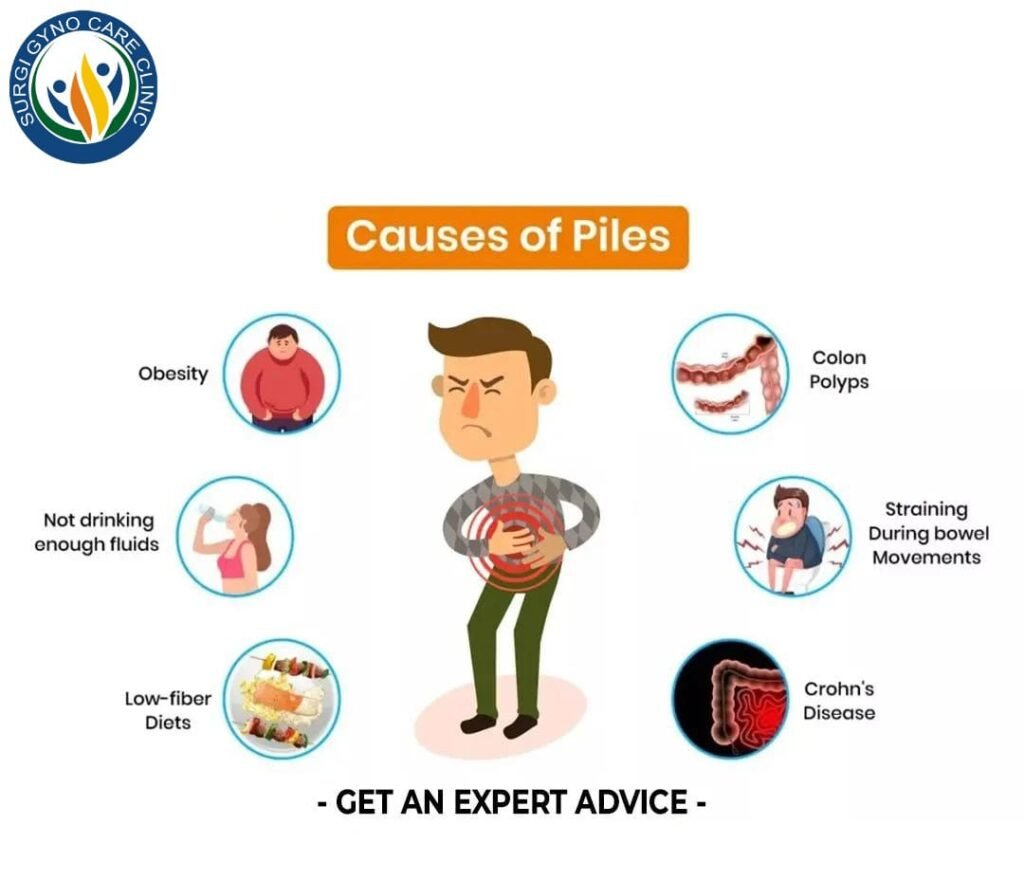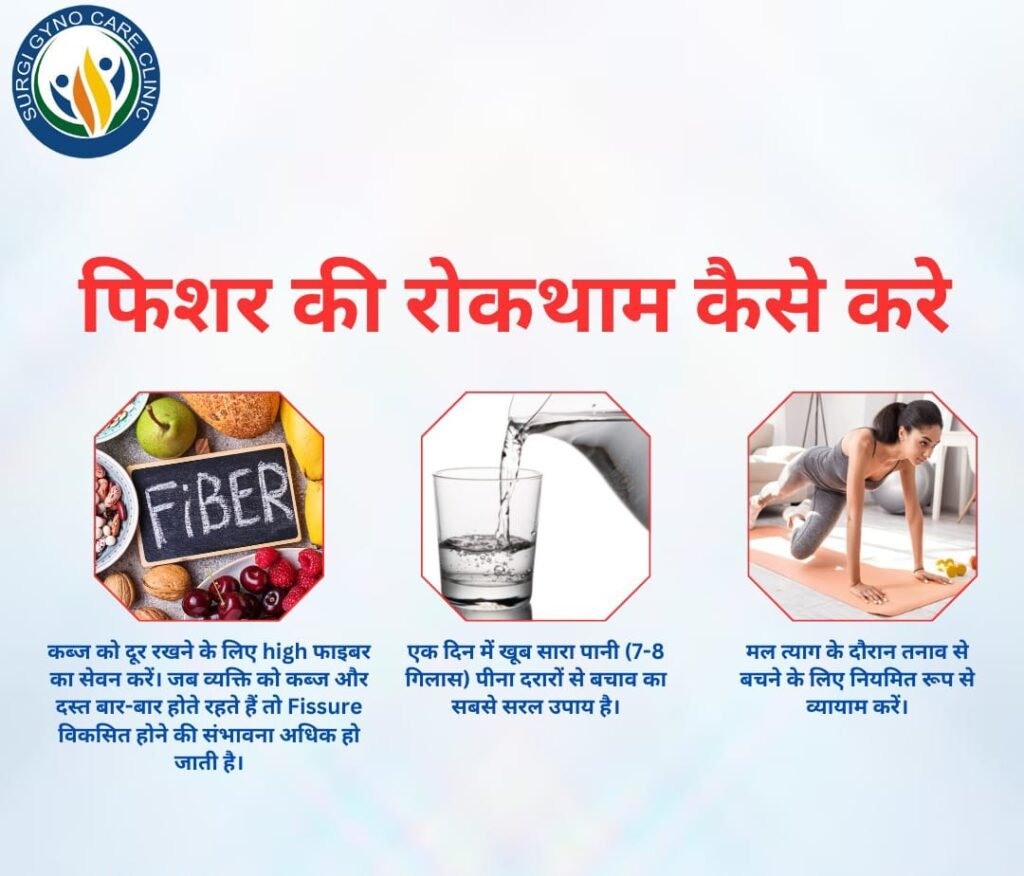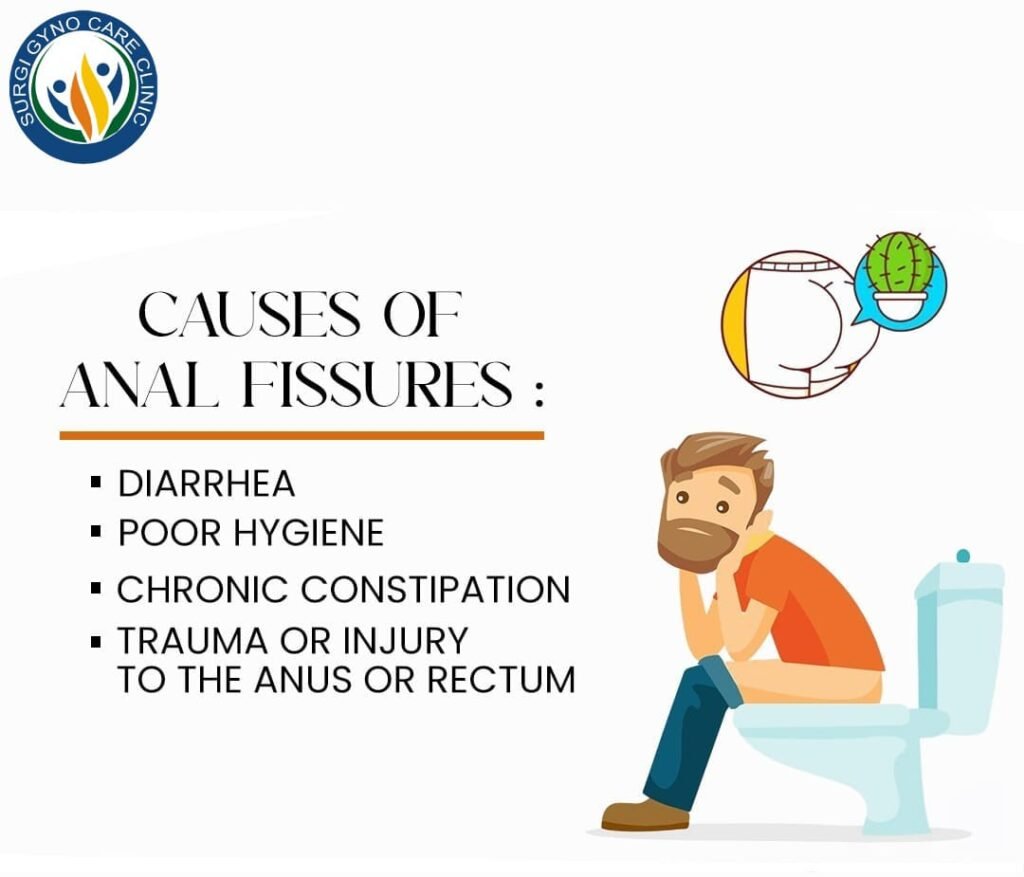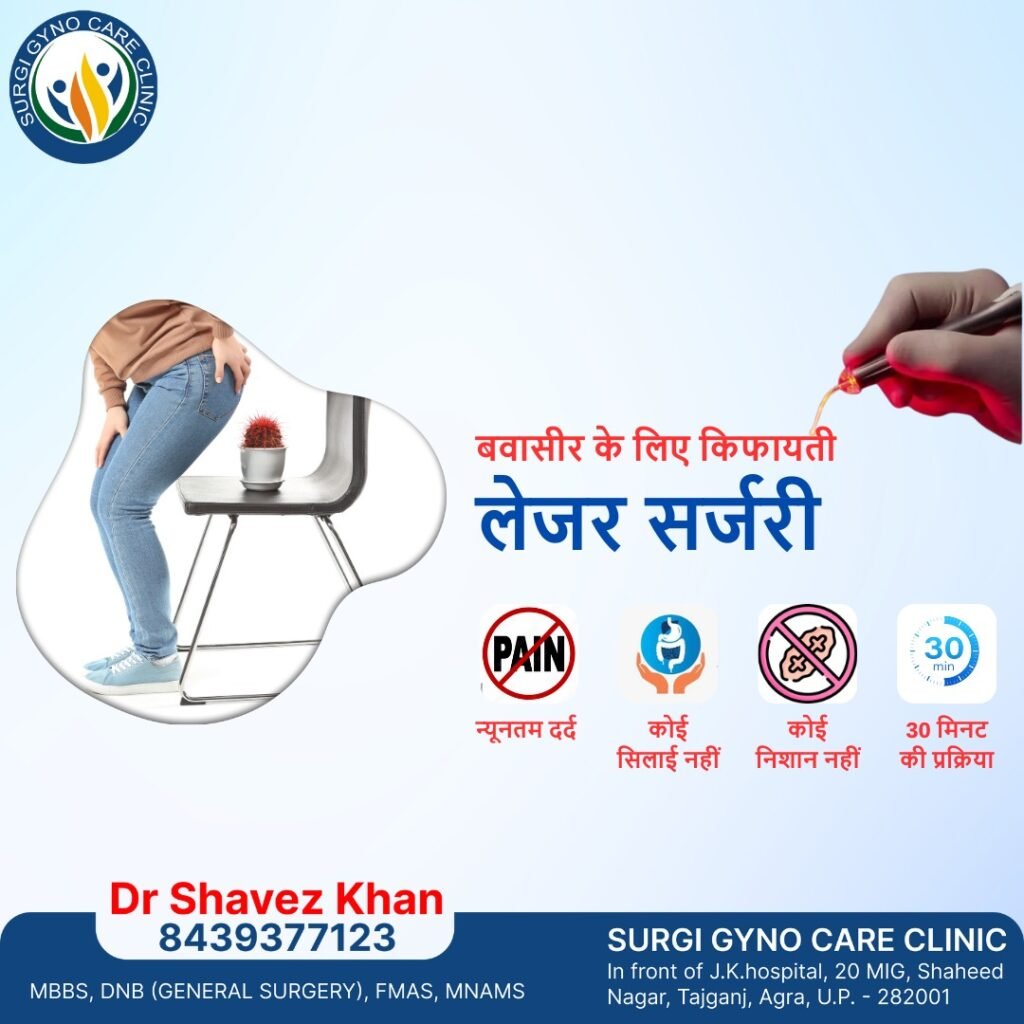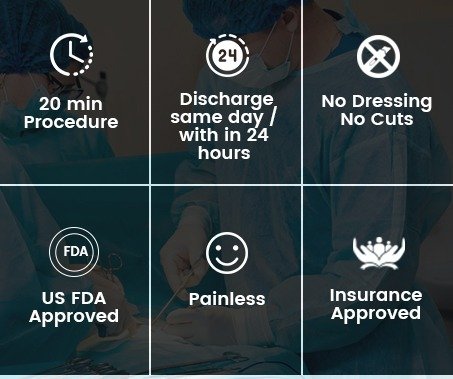बवासीर क्या है?
जब मलाशय या गुदे की नसें सूज जाती हैं और मस्से की तरह बन जाती हैं, जिससे शौच करते समय दर्द होता है, इसे बवासीर या पाइल्स कहते हैं। गंभीर बवासीर में भी खून निकलता है। Signs of Piles Therapy for piles गुदा क्षेत्र की जांच और कुछ शारीरिक परीक्षण ही बाहरी बवासीर की जांच कर सकते हैं। आंतरिक बवासीर का निदान करने के लिए इमेजिंग उपचार की जरूरत हो सकती है। औलोस्कोप्सी: यह गुदा रेखा और मलाशय के निचले हिस्से को देखने की एक प्रक्रिया है। यह गुदा के भीतर एक उपकरण, एंडोस्कोप डालता है। ज्यादातर रोगियों को इस प्रक्रिया में एनेस्थीसिया की आवश्यकता नहीं होती। प्रोक्टो सिग्मोइडोस्कोपी: जो निर्धारित है:यह प्रक्रिया एनोस्कोपी की तरह है, लेकिन इसमें डॉक्टर प्रॉक्टोस्कोप नामक उपकरण का उपयोग करता है, जो आंत और मलाशय के निचले भाग को देखता है। भी, इस प्रक्रिया में अधिकांश लोगों को एनेस्थीसिया की आवश्यकता नहीं होती। फ्लेक्सिबल सिग्मोइडोस्कोपी या कोलोनोस्कोपी: अगर पाइल्स के लक्षण किसी अन्य पाचन तंत्र की बीमारी का संकेत देते हैं, तो डॉक्टर कोलोनोस्कोपी या फ्लेक्सिबल सिग्मोइडोस्कोपी की सलाह दे सकते हैं। यह जांच जरूरी है क्योंकि गुदा कैंसर और बवासीर के लक्षण बहुत मिलते-जुलते हैं। लेजर ऑपरेशन इसका नाम भी लेजर हेमरॉयडेक्टमी है। मस्सों को मिटाने के लिए लेजर किरण का उपयोग किया जाता है। डॉक्टर बवासीर के मस्सों पर एक निश्चित फ्रीक्वेंसी की लेजर बीम छोड़ते हैं, जबकि रोगी को एनेस्थीसिया के प्रभाव में रहना पड़ता है। आधे घंटे में बवासीर खत्म हो जाता है। यह कम समय में होने वाली एडवांस प्रक्रिया है, जिसमें कोई रक्तस्त्राव नहीं होता है और गुदा पर कोई निशान नहीं छोड़ता है। बवासीर होने के कारण आयुर्वेद में बवासीर को “अर्श” कहा जाता है। यह तीनों दोषों (वात, पित्त और कफ) से होता है। यही कारण है कि इसे त्रिदोषज रोग कहा जाता है। वात या कफ की अधिकता वाले बवासीर में अर्श शुष्क होते हैं। इसलिए मांसांकुरों से मूत्र नहीं निकलता है। आर्द्र अग्नि में अधिकांश रक्त, पित्त या रक्तपित्त होता है। इससे खून निकलता है। शुष्क अर्श अधिक दर्दनाक है।

